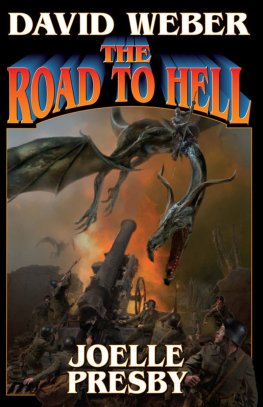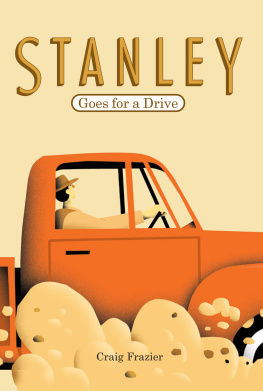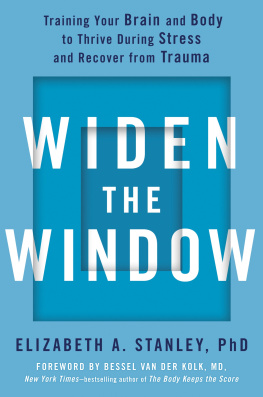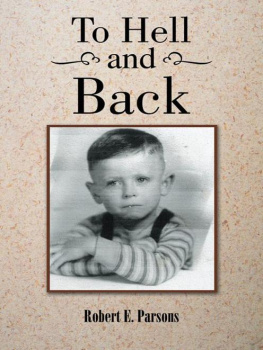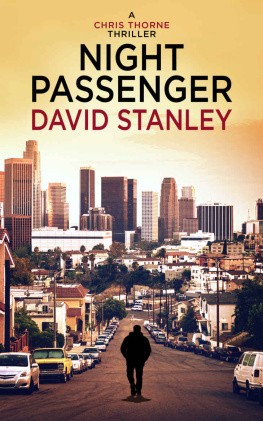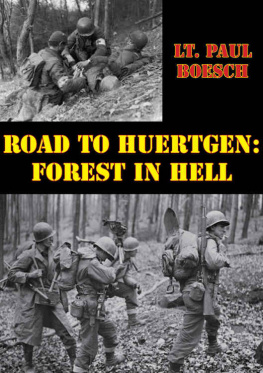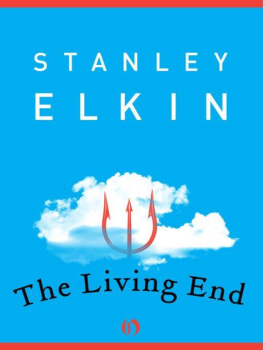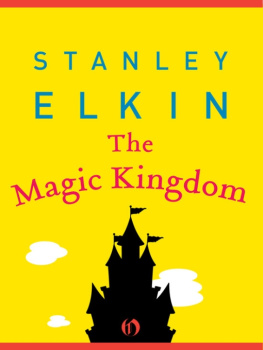Elizabeth Stanley - The Road to Hell
Here you can read online Elizabeth Stanley - The Road to Hell full text of the book (entire story) in english for free. Download pdf and epub, get meaning, cover and reviews about this ebook. year: 2016, publisher: Auckland University Press, genre: Home and family. Description of the work, (preface) as well as reviews are available. Best literature library LitArk.com created for fans of good reading and offers a wide selection of genres:
Romance novel
Science fiction
Adventure
Detective
Science
History
Home and family
Prose
Art
Politics
Computer
Non-fiction
Religion
Business
Children
Humor
Choose a favorite category and find really read worthwhile books. Enjoy immersion in the world of imagination, feel the emotions of the characters or learn something new for yourself, make an fascinating discovery.

- Book:The Road to Hell
- Author:
- Publisher:Auckland University Press
- Genre:
- Year:2016
- Rating:3 / 5
- Favourites:Add to favourites
- Your mark:
- 60
- 1
- 2
- 3
- 4
- 5
The Road to Hell: summary, description and annotation
We offer to read an annotation, description, summary or preface (depends on what the author of the book "The Road to Hell" wrote himself). If you haven't found the necessary information about the book — write in the comments, we will try to find it.
The Road to Hell — read online for free the complete book (whole text) full work
Below is the text of the book, divided by pages. System saving the place of the last page read, allows you to conveniently read the book "The Road to Hell" online for free, without having to search again every time where you left off. Put a bookmark, and you can go to the page where you finished reading at any time.
Font size:
Interval:
Bookmark:
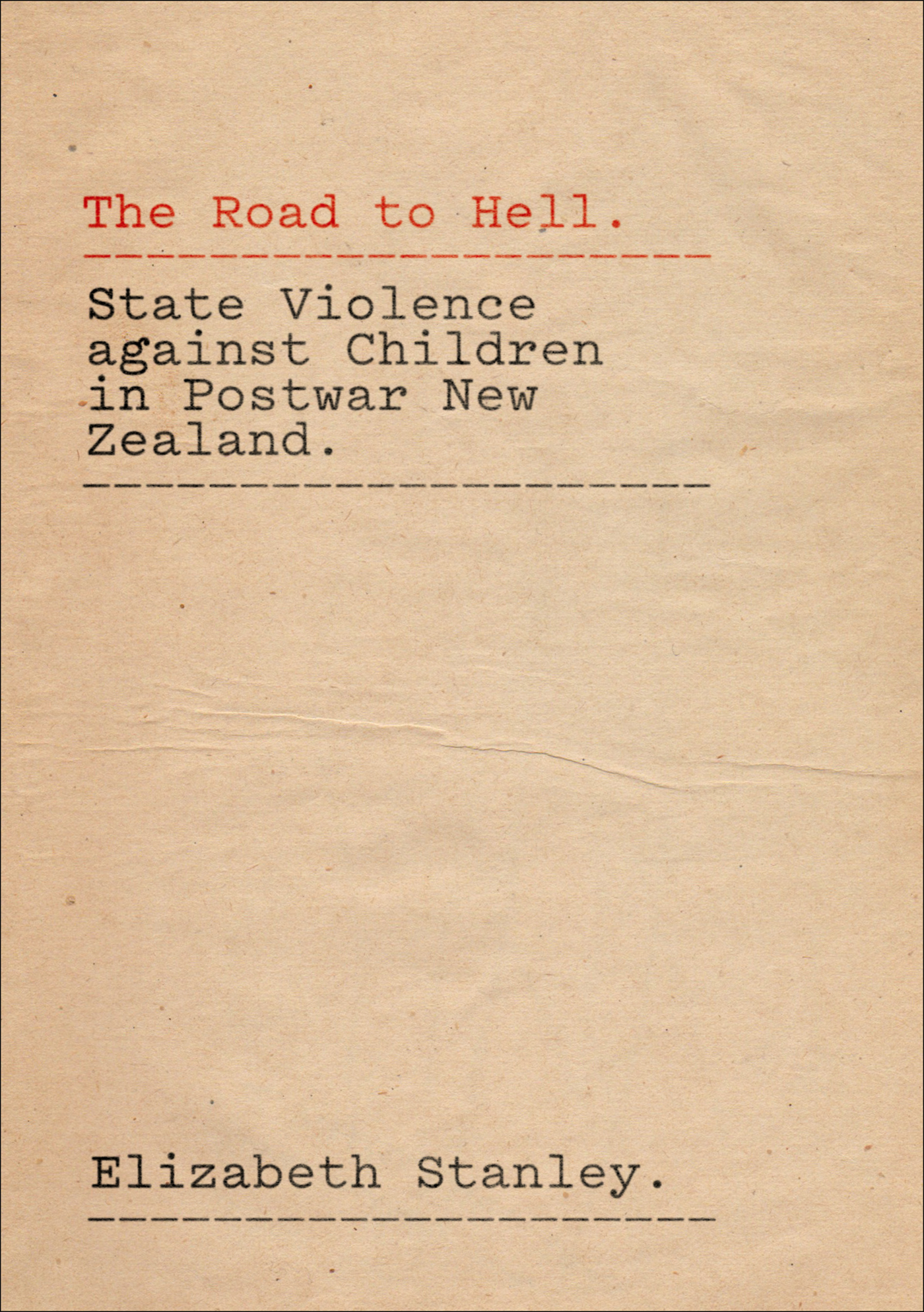
Elizabeth Stanley is a Reader in the Institute of Criminology at Victoria University of Wellington. She is the author of Torture, Truth and Justice (Routledge, 2009) and co-editor of State Crime and Resistance (Routledge, 2013). She currently holds a Rutherford Discovery Fellowship.
State Violence against Children in Postwar New Zealand
Elizabeth Stanley

In memory of Vera Woods
THIS BOOK HAS BEEN a long time in the making. Many individuals and organisations have generously helped me over the years of digging, meetings, thinking and writing. Most of them are absent from this page but, on the basis that theyll know who they are, thank you.
After my PhD (on responding to torture in Timor-Leste), I hoped to wrap my mind around something fluffy. A chance meeting with lawyer Sonja Cooper stopped that. I could not have achieved this research without her kind assistance, and that of her Cooper Legal colleagues (especially Bex, Caro, Courtney, David, Katie, Sarah and Sam). They always accepted the importance of independent work. Upon receipt of contributor consent, they helped me to establish contact, gave me open access to files and a quiet corner for my extensive note taking. They also encouraged me and shared tea, biscuits, singing and smiles. For all of those things, I will be forever grateful.
I owe a great deal to Cara Gledhill, Hayley Halliday, Lynzi Armstrong and Tess Bartlett who, at different times, have unearthed mountains of reports, articles and archived documents. Their efforts are seen mostly in the books footnotes which is very unfair given their skills, time and unfailing support. I was also assisted by Brenda Watson, who transcribed hours of interviews.
Victoria University of Wellington (VUW) gave me financial assistance through its Faculty Research Grants and Summer Scholarships. A government-funded Rutherford Discovery Fellowship (RDF-VUW1301), administered by the Royal Society of New Zealand, has also allowed me to develop and expand this work in ways that I had not thought possible.
I acknowledge permission granted by Oxford University Press, as parts of this work have been previously published in the British Journal of Criminology (Responding to State Institutional Violence, vol. 5, no. 6, 114967, 2015). Further, some of this material has previously featured in a chapter The Victimization of Children in the edited book, Towards a Victimology of State Crime (Routledge, 2014).
I am ever thankful to my colleagues and students from the Institute of Criminology, and within VUW, who have provided ready inspiration. Thanks are also due to Sam Elworthy and colleagues at Auckland University Press, as well as to anonymous reviewers of draft work. They have improved this work considerably.
I am indebted to friends, for engaging in serious discussions and reminding me of the beauty of life. Special thanks must go to the following marvels and their loved ones: Allie Roberts, Becky Casstles, Becky Sutton, Deena Haydon, Fiona Hutton, Fran Shinks, Jan Jordan, Julian Buchanan, Neil Butterfield, Peter Carr, Pete Massey, Phil Scraton, Richard Rowland, Riki Mihaere, Roberta Bacic and Scott Poynting.
My partner, Acky, would be forgiven for wondering what my face looks like. He and my family especially mammy Kath, Nick, Sandra, John, Sue and Billy have all come up trumps once more with their encouraging words and nurturing. Mention must also go to Tip, for making me laugh and walk.
And, finally, to those who agreed to participate in this research the biggest thank you. By opening your case files, homes and hearts, you have guided this project. In truth, your stories flattened me but your openness and humanity also restored my energies. You are formidable individuals. While any errors remain with me, I hope that you will find something of yourselves in the following pages. My very best wishes to you, and to all those whose stories of institutional life I have not been able to tell.
IN THE EARLY 1950S, Child Welfare placed two-week-old Sue with adoptive parents. In their care, she suffered violence and sexual assaults and, by the age of ten, she was frequently running away, and drinking cheap wine or methylated spirits to forget her short life. At thirteen, the state became her parents.
Authorities removed her to Allendale girls home. From there she ricocheted through Kingslea girls as well as foster and family homes. She spent extensive periods alone, suffered damaging gynaecological examinations, witnessed violence, experienced degrading conditions and had no schooling. A few years later, still under state guardianship, Sue returned to the streets of Auckland. It was the first day of 1970:
I can remember being on Queen Street and the cops stopped me. How much money have you got in your pocket? I had nothing, you know. Where are you living? And they were turning my pockets out and the next moment I knew what was coming. They handcuffed me to a post and I ended up in court.
After putting her address down as Auckland Railway Yard, police charged her with being idle and disorderly and authorities admitted her to Mount Eden prison. More official placements followed over the next six months family homes, hospitals, work on a farm, a boarding house and then, after receiving a charge of theft, magistrates sent her to Arohata borstal. She miscarried twins there after a physical attack by a staff member. At this point, she broke. Authorities admitted her to Porirua hospital. She was just sixteen.
A fortnight after Child Welfare became Sues guardians, Peter was born. A gentle child, he found his life turned upside down at the age of four when his father died. With a new sister and another baby on the way, his mother struggled to cope:
Resources were really limited... she was loving as a mother but she also had issues with taking prescription medication and alcohol to deal with the death of her partner... and it proved too much... So I ended up being sacrificed on the altar of social welfare care.
Child Welfare placed him in St Josephs orphanage in Christchurch. There, Peter told nuns about an abusive cub master, who received nine months imprisonment for the molestation of several boys. After a short spell at a family home, authorities moved twelve-year-old Peter to Stanmore Road, and then Lookout Point home in Dunedin. He went on to further community placements before he arrived at the doors of Kohitere, the most secure of state institutions for boys. He left, aged fifteen, for another short stint at Stanmore Road, and then corrective training in Addington prison. He recalls his teenage years in these institutions as exceptionally violent. Along the way, he learned to fight, to withstand the degradations of secure cells, and to keep his mouth shut.
From the 1950s to the 1980s, the New Zealand government took more than 100,000 children like Sue and Peter away from experiences of strife, neglect, poverty and family violence and placed them under state care in residential facilities. Under a discourse of protection for delinquent, out of control or abused children, the state took over as parents. Yet, in this role, the state failed. In these institutions, children endured abysmal conditions, inadequate resources, dysfunctional workers, social isolation and cultural dislocation. Children removed from their parents for truanting often did not see a curriculum or even teachers. Institutional conditions provided fertile ground for other forms of physical violence to thrive, increasing the exposure of children to sexual assault from adults and other children. Children became isolated, losing opportunities to see their family, whnau or friends, and having no independent advocates to support them. When children struggled against their situation, officials took control. Workers isolated them in secure cells, they shamed them in front of their peers, they placed healthy children on knock-out sedatives, they transferred them to mental health institutions for seclusion or electro-convulsive therapy (ECT), and they up-tariffed children to adult prisons. In short, the state masqueraded as good parents, but its violence and negligence made things far worse for children in its care.
Font size:
Interval:
Bookmark:
Similar books «The Road to Hell»
Look at similar books to The Road to Hell. We have selected literature similar in name and meaning in the hope of providing readers with more options to find new, interesting, not yet read works.
Discussion, reviews of the book The Road to Hell and just readers' own opinions. Leave your comments, write what you think about the work, its meaning or the main characters. Specify what exactly you liked and what you didn't like, and why you think so.

